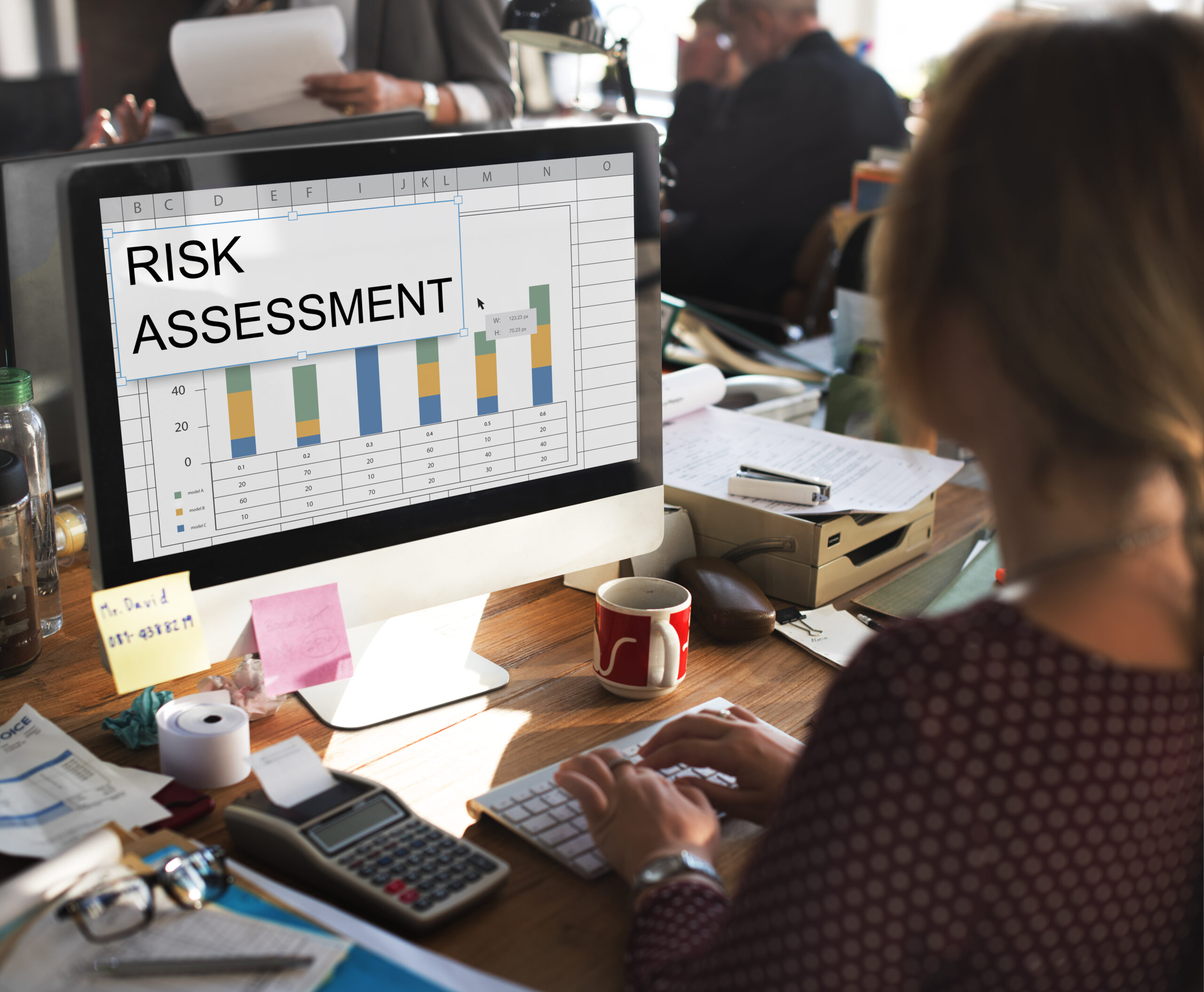Have you ever watched a confident investor make a bold move and thought, ‘Wow, I wish I could do that — with smart risk management so I don’t lose sleep over it’?
Well, here’s the truth: bold investors aren’t reckless. They just know how to manage risk smartly. And so can you.
This risk management guide is crafted specifically for new and fearless investors — people like you who are ready to take charge but don’t want to gamble with their future.
Let’s make risk your ally — not your enemy.
Table of Contents
Why Should You Pay Attention to Risk Management in Investing?
Risk management is like a helmet—you might not crash, but you’ll be glad it’s there.
In investing, risk management helps you:
- Protect your capital
- Stay cool-headed when it’s time to choose
- Stick with it — lasting success comes to those who stay the course
You don’t need to run from risk — just handle it with a calm, clear plan.
Also Read: Color Trading Magic
Types of Investment Risks You Should Know
The first step? Spotting the risk. You can’t handle what you haven’t noticed. Some risks are greater than others — and not every risk is harmful.
1. Market Risk
This is the big one. It’s the chance that your investments drop because of broad market changes (like a recession or political instability).
2. Liquidity Risk
Is your investment easy to exit without a major loss? If not, it’s illiquid — and that’s risky.
3. Credit Risk
If you’re investing in bonds or lending, there’s always a risk the borrower won’t pay you back.
Also Read: Effective Intraday Trading
4. Inflation Risk
Your returns may rise, but inflation can quietly shrink your real wealth.
5. Emotional Risk
Also Read: Moving Averages
How Risk Management Helps You Stay in Control
You wouldn’t drive without brakes. Good risk management helps you stay calm when markets turn chaotic.
Here’s how it helps:
- Limits losses: You know when to cut your losses — and when to hold.
- Brings clarity: Base your moves on clear thinking, not panic, to keep risk under control.
- Boosts confidence: When you’ve got a plan, you sleep better at night.
Also Read: Support & Resistance
Smart Risk Management Strategies for Bold Beginners
1. Diversify — Don't Put All Your Eggs in One Basket
This classic advice works for a reason.
- Mix stocks, bonds, and other assets
- Invest across industries (tech, health, energy, etc.)
- Consider international exposure
It’s like spreading your bets — if one fails, others can cushion the fall.
2. Use Stop-Loss Orders
These are tools that automatically sell your investments when they fall to a certain price.
They:
- Protect you from huge losses
- In tough moments, set personal biases aside so you can see the path ahead with clarity
3. Position Sizing Is Key
Also Read: Technical Analysis
4. Regular Portfolio Reviews
Don’t just “set it and forget it.”
- Review quarterly or biannually
- Rebalance if one investment grows too big
- Keep your original risk level intact
5. Learn to Love Cash
Here’s how to manage risk in both:
In Bull Markets:
- Avoid FOMO. Don’t follow the crowd — their moves might not suit your goals.
- Stick to your risk limits.
- Don’t chase hype — stick to fundamentals.
Also Read: Nifty Expiry
How Risk Management and Tolerance Shape Your Investment Plan
Everyone has a different appetite for risk. Risk tolerance is personal — what thrills one investor might stress another out.
Ask yourself:
- Can you handle watching your portfolio drop 20%?
- What’s your investment timeline — 5, 10, maybe 20 years or more?
- Will you lose sleep over market swings?
Build your investment plan around the level of risk you’re personally okay with. Avoid mimicking others — their strategy might not fit your needs.
Also Read: Candlestick Trading
Risk Management Myths You Should Stop Believing
Let’s clear up some common myths that trip up beginner investors:
- ❌ “Risk is bad.”
→ Risk is necessary for growth — unmanaged risk is what’s dangerous.
- ❌ “Safe investments mean no risk.”
→ Even “safe” options carry inflation or liquidity risks.
- ❌ “Young investors don’t need risk management.”
→ The earlier you learn control, the stronger your position becomes.
Also Read: Top & Bottom Signals
Risk Management Tools Every New Investor Should Try
You don’t need fancy software. Start simple.
Here are some easy-to-use tools:
- Spreadsheets for tracking gains/losses
- Investment apps with risk alerts and stop-loss settings
- Robo-advisors that auto-balance based on your preferences
Also Read: Color Trading Mastery
Emotional Triggers Can Wreck Your Risk Management Strategy
Even the most well-researched plan can fall apart when emotions take the wheel. Emotions like greed, fear, or FOMO can blur your ability to think clearly. That’s why it’s important to build emotional discipline into your risk management.
Your plan is the seatbelt — but mindset? That’s who’s actually behind the wheel. You need both to arrive safely. Learn to pause before reacting to market noise. Check in with yourself — is this decision coming from a calm place or a panicked one?
With time, you’ll see that managing emotions is just as critical as managing capital.
Also Read: Trading Account Setup
FAQs: Risk Management for New Investors
What portion of my portfolio should go into high-risk investments?
Start small — 5% to 15% depending on your comfort level. Increase as you gain confidence.
When managing risk, does long-term investing offer more safety than quick trades?
Long-term investing generally carries less stress and lower risk if you stay consistent.
Is it possible to manage investment risk without hiring an advisor?
Yes! If you’ve got the tools, know-how, and a disciplined approach.
Is it too late to start managing risk if I’ve already invested?
Never. Adjust, rebalance, and protect what you’ve built.
Also Read: What is Commodity Trading
Final Takeaway: Be Fearless, But Not Careless
Being bold with money doesn’t mean being careless — the best investors balance both. You can go big — just make sure your risk plan goes with you.
Risk is like water — it can quench your thirst or drown you if uncontrolled. You decide how to use it.
So go ahead — be bold. Just be smart, too.
Also Read: Futures Trading Success








Now understood importance of risk management after reading this